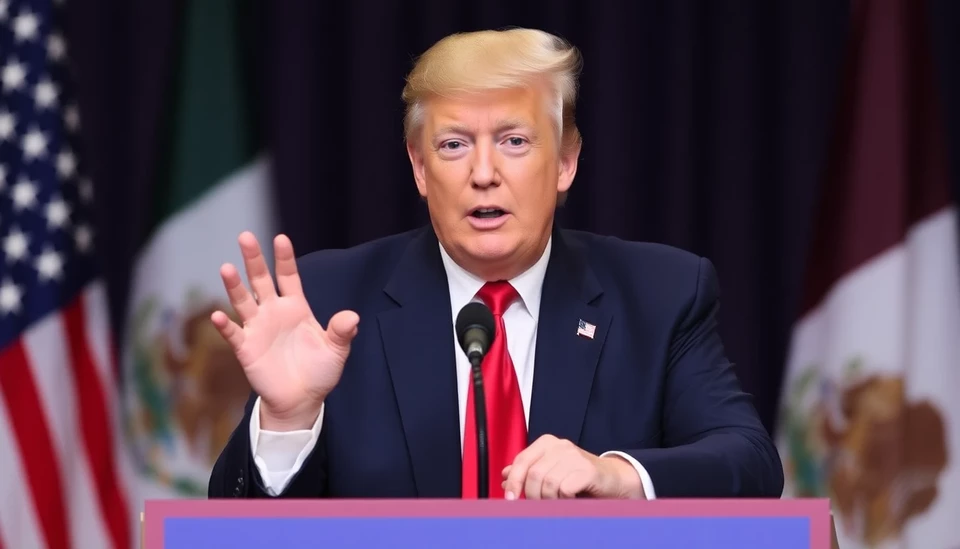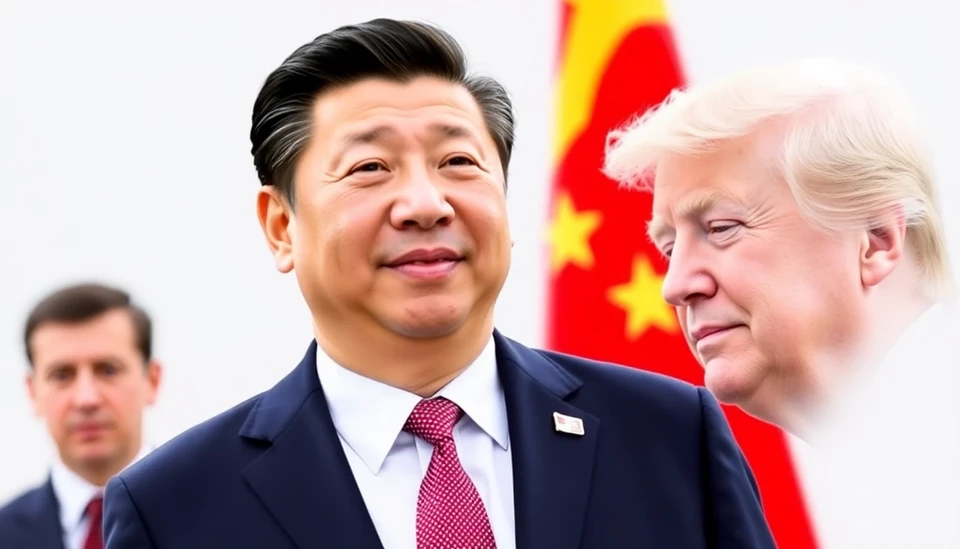
In an unexpected turn of events, former President Donald Trump announced a staggering 25 percent tariff on goods imported from Canada and Mexico, a move that has left investors and economists alike reeling. This decision, described as a dramatic escalation of trade tensions among North American neighbors, poses significant implications for both the U.S. economy and the broader global trading environment.
The tariffs, set to take effect next month, target a wide range of products, including steel, aluminum, and various agricultural goods. Analysts predict that these duties could drive prices up for consumers and disrupt the supply chains that many companies rely on for their operations. Concerns are mounting over potential retaliatory measures from Canada and Mexico, which could spark a trade war reminiscent of previous conflicts during Trump’s presidency.
Markets reacted swiftly to the announcement. Earlier today, U.S. stocks saw a sharp decline, with major indices dipping as investors scrambled to reassess their portfolios amid the uncertainty. The Dow Jones Industrial Average fell by more than 500 points in the wake of the tariff news, while the S&P 500 and Nasdaq also reported significant losses. The sudden shift has reignited fears of inflation and economic slowdown, as businesses grapple with increased costs associated with the new tariffs.
Economic experts warn that the repercussions of this policy could extend beyond immediate market reactions. The imposition of such high tariffs might strain relationships with key trade partners, complicate ongoing negotiations over trade agreements, and ultimately impact consumers through heightened prices and limited product availability. Mexico and Canada are among the largest trading partners of the United States, making this tariff move particularly contentious.
The political landscape is also shifting in light of this announcement. Political analysts suggest that Trump’s tariff strategy may be aimed at rallying his base ahead of the upcoming elections. By positioning himself as a defender of American jobs and industries, he could galvanize support among voters who feel economically insecure. However, the long-term effects of such a strategy remain unclear, particularly if retaliatory tariffs are enacted by Canada and Mexico.
Notably, industry leaders are voicing their concerns. The National Association of Manufacturers (NAM) issued a statement denouncing the tariffs, arguing that such actions could harm thousands of American jobs and disrupt the critical interdependencies formed under the USMCA (United States-Mexico-Canada Agreement). They stress the importance of stable trade relationships, especially in industries where cross-border supply chains are vital for operational efficiency.
As discussions surrounding the tariffs continue to unfold, businesses, consumers, and policymakers will need to carefully monitor the developments. The Biden administration has yet to release an official response, although pressure is mounting for a strategic approach to mitigate the impending trade fallout.
The unfolding situation places a spotlight on the fragility of international trade in an increasingly polarized political climate. With increasing uncertainty surrounding U.S.-Canada and U.S.-Mexico relations, stakeholders are left to wonder what this bold tariff strategy means for the future of North American trade.
As the date for the tariff implementation draws near, the financial world remains on edge, hoping for clarity and stability amid the chaos. Investors are advised to stay vigilant as the impact of this decision ripples through the economy.
#Tariffs #TradeWar #TrumpAdministration #EconomicImpact #Mexico #Canada #StockMarket #USMCA #Inflation #TradeTensions
Author: Laura Mitchell




